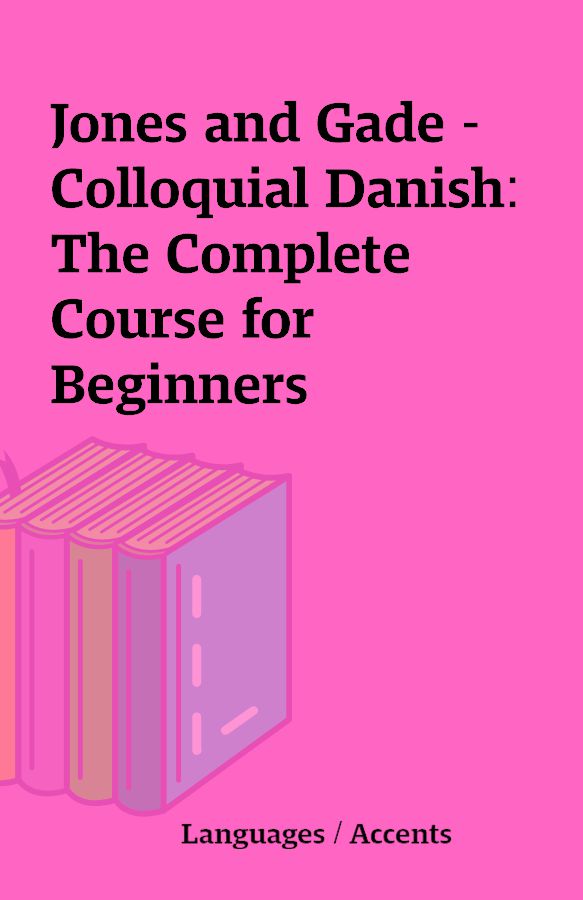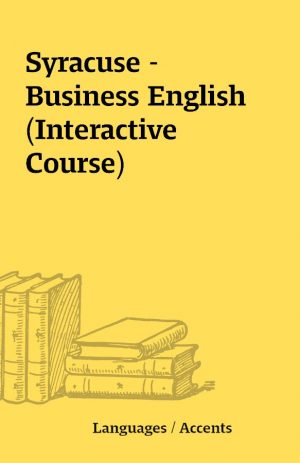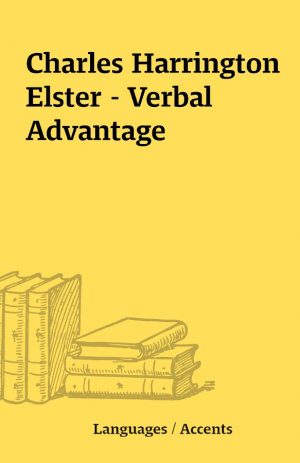Jones and Gade – Colloquial Danish: The Complete Course for Beginners
Colloquial Danish
[1PDF, 160mp3]
Description
Basically, this is a great introductory Danish course geared for beginners (who know English), featuring a nearly 300-page textbook, and 160 audio tracks with sample dialogues. This may not be enough material to make you fluent, but it will help you lay a solid foundation to get started and expose you to the core sounds and phrases in the language that you will continue to use throughout your Danish adventures. This is not advanced or specialized Danish, but you do get a ton of the truly commonly used basic Danish and it’s presented in a fun and engaging way (as study materias go), while at the same time being densely packed with instantly usable, applicable verbiage, vocabulary, phrases etc. Skål! “About this bookColloquial Danish consists of eighteen units, each containing aboutninety new words. Each unit is built around a series of smallerunits including texts, dialogues, explanatory language points andexercises.On pages x–xiv there is a brief pronunciation guide, a reviewof the main language points, a key to exercises and English–Danishand Danish–English glossaries.Below, we explain the aim of the various units and the best wayof working with them. If you want to derive maximum benefit fromthe book, we suggest you do not skip this introduction!Dialogues and Reading textsThe dialogues are a core element in this book. They are intendedto teach you the kind of everyday language you will encounteranywhere in modern Denmark. However, as dialogues can oftenonly be broken up into phrases, it is the phrases you should basic-ally try to understand and learn to use rather than the individualwords.The Reading texts complement the dialogues and assist yourlanguage learning in a different way. The structure of a writtenlanguage is normally simpler than that of the spoken language, andso the texts can often be more or less taken word by word. Goingthrough the Reading texts with the help of the translation of newwords, which are always immediately available either in the text inbrackets or in a list below, will help you feel comfortable dealingwith written material such as newspapers and books. It will, in add-ition, provide you with some insights into Danish life and culture.We have taken care never to introduce a new word withoutgiving an immediate translation of it. However, if you encountera word you have forgotten, look it up in the Glossary. Language points, useful phrases and exercisesWe use as few grammatical terms as possible, but of course they cannot be entirely avoided. So, to help learners who have no previous experience of these terms, we try to illustrate each one as it occurs. No language points are introduced unless they have been illustrated in the preceding text or dialogue. So when working on these points, you should always keep an eye on the text above.‘Useful phrases’ and ‘Extend your Vocabulary’ as well as the exercises will also give you material relevant to the texts.Key to exercisesThere are many different types of exercise in Colloquial Danish, and it is not always possible to provide a proper key. This is partic- ularly true of those requiring your own thoughts and ideas. For others, the Key provides a natural answer, but in some cases, of course, there can be other correct answers in addition to those we provide.Ready-Reference GrammarThis is in no way intended to be a complete grammar. It merely presents you with summaries of points otherwise dealt with at different stages in the book. So, for instance, we do not include numerals in this Summary – but the Index will tell you in which lesson you will find those.GlossaryThere are English–Danish and Danish–English glossaries at the back of the book.The English–Danish glossary is less comprehensive than the Danish–English, although it contains all the words necessary for doing the exercises. This list does not contain comprehensive infor- mation on Danish words, so if you want to discover such things as inflections, you will have to look up the Danish word in the Danish–English glossary.The Danish–English glossary contains all the words appearingin the lessons except for a small number of Danish words that donot appear outside specific texts.The Danish alphabet 7The letters ‘c’, ‘q’, ‘x’ and ‘z’ do not belong to the Danish alphabetand are only used in foreign loan words. Nor is ‘w’ common; dic-tionaries place the few words beginning with it under ‘v’, withwhich it is identical in pronunciation. On the other hand, Danishhas three extra letters: ‘æ’, ‘ø’ and ‘å’, which are placed in thatorder at the end of the alphabet.PronunciationDanish is a relatively easy language for an English speaker to learn,and the only major difficulty is the pronunciation. Following isa guide to Danish pronunciation in order to provide you with asimple basis on which to work. As is true of any language, however,use of the diskette is essential if you are to achieve authenticpronunciation.”
You must be logged in to post a review.






Reviews
There are no reviews yet.